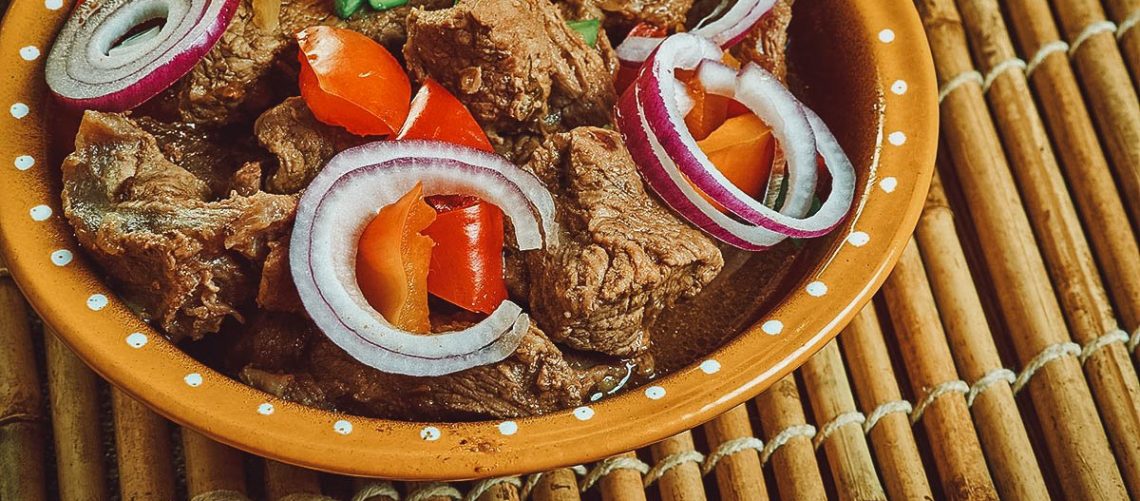Like many other aspects of life, food is a deeply rooted expression of identity, values, and way of life. Food and eating food is a universal experience, an element of common ground in terms of human existence. It is an experience that brings people together. It is said that “people who love to eat are always the best people” so often, we see the sprightly atmosphere in a gathering with food as a centerpiece of it all.
Foods are family treasures in the ways recipes are passed on from one generation to another, thereby maintaining family connection and cultural and geographical ancestral links. In the gathering of preparation of meals and its devouring, people tend to exchange complexities of their realities through a bite, a sip, and a listening ear.
The presentation of foods to guests/foreigners becomes a monumental display of cultural pride and traditions. Perhaps it is a means of communicating acceptance and unequivocally saying “welcome”.
“Home is where the heart is” and in sensory response to food, familiar aroma ignites homesickness. Food is therefore a reminder of home triggering “homesickness” and beautiful memories that aids stronger bonds of families and friendships. The mundane smell of food takes one back to relieving particular times in the past. The jolly and merry essence of eating with family and friends adds to the heightened illusion of the pleasant tastes of meals.
The importance of food as a means of survival is crucial to humanity and it is embedded in various cultures and the way food is eaten, from the days of hunt and gathering to the modern age. To eat is a necessity but not all can be eaten by everyone based on diverse cultural beliefs and taboos of different cultures. As regards human behaviour, food taboo is one aspect of the complexity of food culture in various nations. This brings about the traditions of food taboo determined by different motivations as biochemical, psychological, social and educational factors in turn influence the food acceptance.
Despite it, all food largely is culture as well as nutritional. Food and food habits serve as a channel of display of affection and emotional association and the sharing of food signals a bridge of intimacy and acceptance.
When traditional foods were included in the diet, benefits were:
- Less calories - helpful for weight control
- Less saturated fat — better for the heart
- More lean meats and fish
- More iron — better for muscles and blood
- More zinc — better for wound healing and fighting infection
- More Vitamin A — better for vision and fighting disease
- More calcium — better for strong bones and teeth
- Strengthened cultural capacity and well-being.

